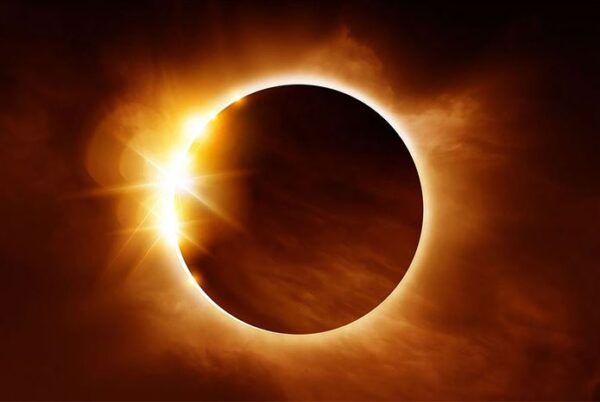Based on 15,000 years of solar eclipse data, scientists have found the place on Earth with the highest incidence of this phenomenon.
The total solar eclipse on April 8 is an event that many people around the world are looking forward to, but unfortunately only certain areas can observe this phenomenon.
A total solar eclipse is an extremely rare phenomenon. According to statistics, each city on Earth must wait about 374 years to observe this phenomenon (Photo: Getty).
The total solar eclipse will take place mainly on a strip of land running from Mexico to the US and Canada. Nearby areas will only be able to witness the annular eclipse, or may not even notice any difference in the sky.
Based on 15,000 years of eclipse data, a study conducted by Time and Date shows that on average each city on Earth will experience a total solar eclipse cycle lasting about every 374 years.
Meanwhile, annular solar eclipses, also known as “rings of fire” of the Sun, will occur more frequently, about every 226 years. For partial solar eclipses, this number is only every 2.6 years.
According to statistics, areas with high latitudes, usually around the Arctic and Antarctic circles, are where solar eclipses will occur more often. The reason is because in these areas, the Sun tends to stay above the horizon longer, meaning there will be more time for the eclipse to occur.
According to this calculation, the best place to wait for a solar eclipse on Earth is the city of Longyearbyen, in the Svalbard archipelago, Norway, because this is the city closest to the northern latitude.
The 2024 total solar eclipse is expected by Americans. (Illustrative photo: Getty).
According to NASA, a solar eclipse occurs when the Moon passes between the Sun and Earth. However, because the Moon’s orbit around our planet is an ellipse, solar eclipses also come in many different forms.
When the Moon is in an orbit far from Earth, its size will be smaller than the Sun when viewed from Earth. During a solar eclipse at this time, the Moon only partially obscures the Sun, creating an annular effect. It is an annular solar eclipse.
The Moon sometimes does not pass through the center of the Sun, but only forms a dark patch when observed from Earth. This is called a partial solar eclipse.
The rarest is a total solar eclipse, when the Moon’s orbit is in a perfect position, allowing it to completely obscure the Sun’s surface.
However, to see all stages of a total solar eclipse, we must observe it from somewhere along the path of totality. Observers outside this range will see only a partial eclipse of the Sun.
If they miss the 2024 total solar eclipse, watchers in the US will have to wait nearly 9 more years, specifically March 30, 2033, to observe the next total solar eclipse.












